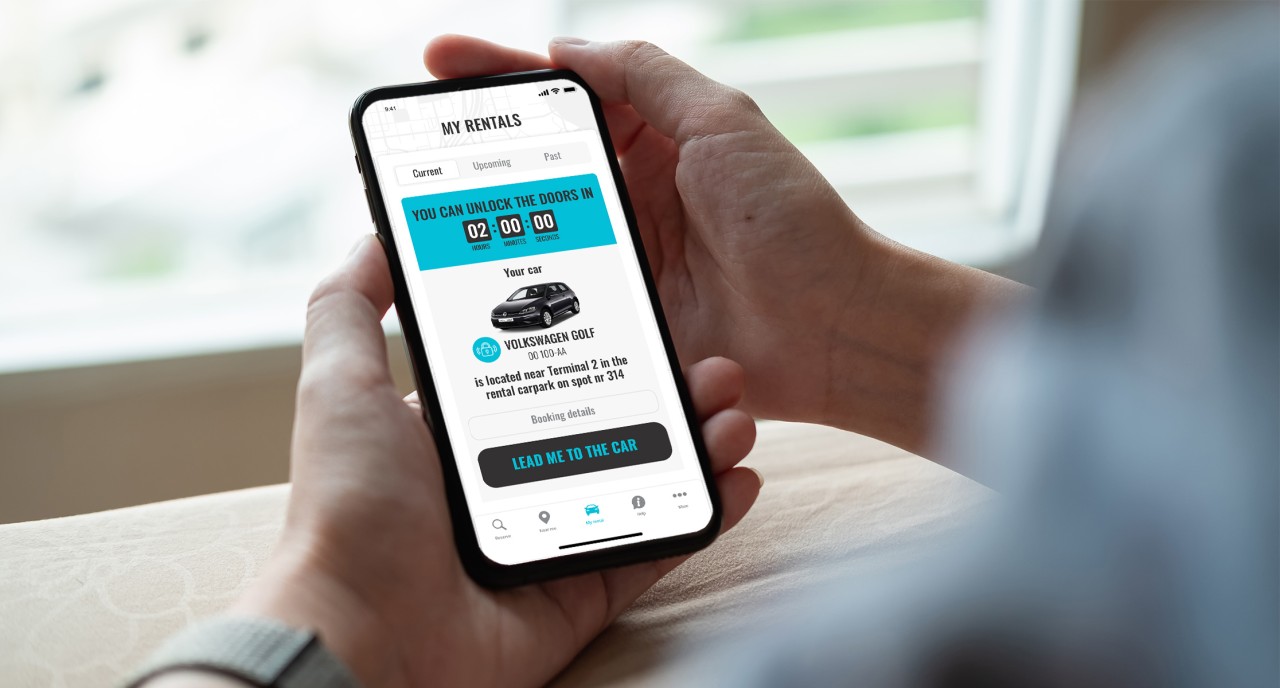Pay Per Click (PPC) is an advertising model where the advertiser pays the publisher when their ad is clicked. This means that a company doesn’t pay for placing the ad. They only pay for the results – the clicks. Most commonly the publisher is a search engine (such as Google) or a social media platform (such as Facebook or Twitter).
The click price can be fixed by the publisher but search engines generally use bidding systems. This means that the advertisers bid on keywords that their potential customer might search for. For example, a car rental company might bid on the keyword “car rental”.
In the case of Google, when a person searches for a keyword, it automatically calculates an Ad Rank for every ad that has been placed with it. This helps Google decide which ads to display and how to do it. Ad Rank depends on the advertiser’s bid – the maximum amount that they are willing to pay for the click. But it also depends on the quality of the ad and the landing page, competitiveness of the auction, the ad format and extensions, and the context of the search. Regarding search context, Google considers the person’s location, device, search history and any other information that they have about them.
PPC marketing can help increase sales, generate leads and promote brand awareness. For example, when a person searches for “backpack”, a company that sells backpacks would benefit from showing their ad at the top of the search results. This increases the chance of the person landing on their website. Even if the person doesn’t click on the ad, they are likely to notice the company name and might subconsciously associate backpacks with that specific company. With Google’s Shopping ads, companies can advertise specific products with prices and pictures. In this example, the person would see a photo carousel of backpacks. Even without a conscious plan to buy something, they might make an impulse purchase when they see an attractive product or a great offer.


